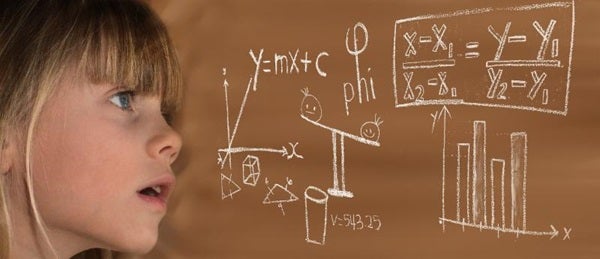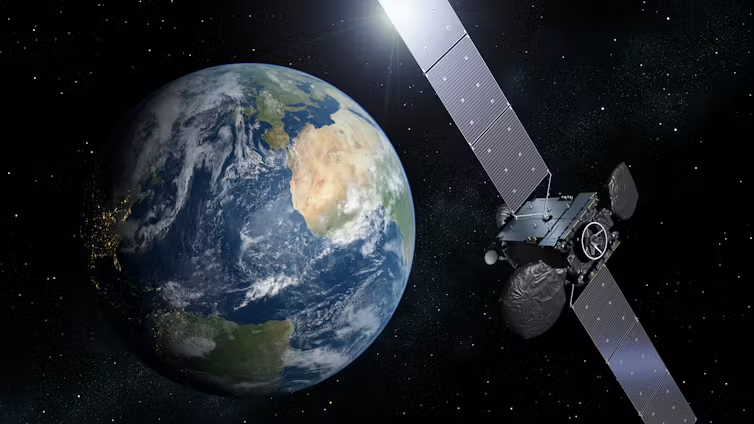The results are dismal for astrophysics — at the current rate, it’ll take 131 years to close the gender gap. Only a few other fields have greater gender imbalance, such as computer science and nursing. To accelerate gender parity, the authors of this study recommend stronger efforts to recruit and retain women, as well as better parental leave policies.
Diversity in science continues to be a major challenge across disciplines. At the 2017 joint Canadian Geophysical Union and Canadian Society of Agricultural and Forest Meteorology annual meeting, for example, only 19 percent of invited speakers were women, and women of color made up only 5 percent of all speakers. There are undoubtedly multiple contributing factors, but the bottom line is that, despite improvements, science still has a long way to go before it’s truly inclusive.
If you’d like to know more:
And you can read the original PLOS Biology paper here:
You can sign up to have AstroAlerts delivered right to you inbox by clicking here. Please share with family and friends! You can also learn about the benefits of Lowell Observatory membership by clicking here.










